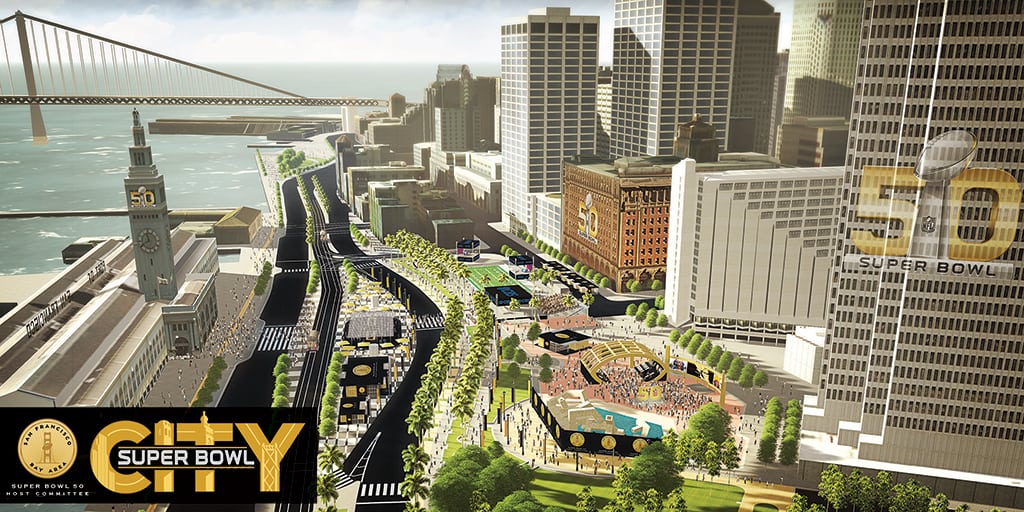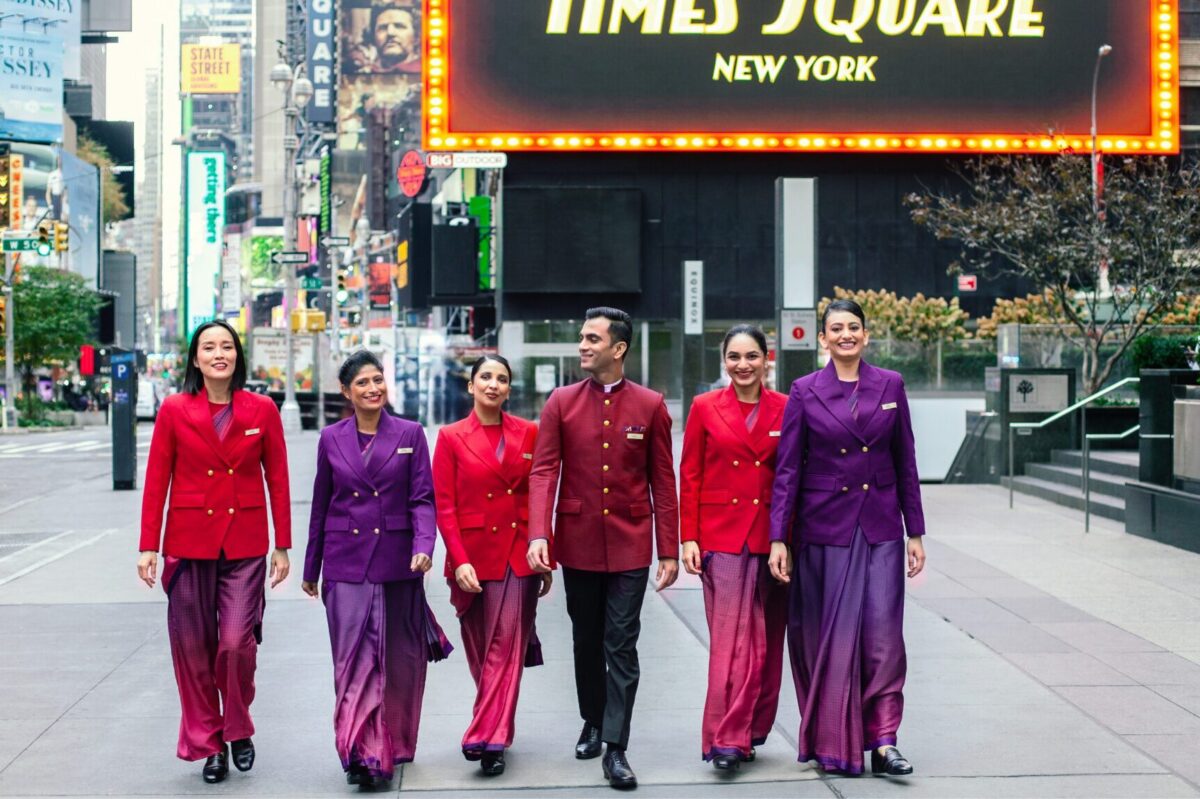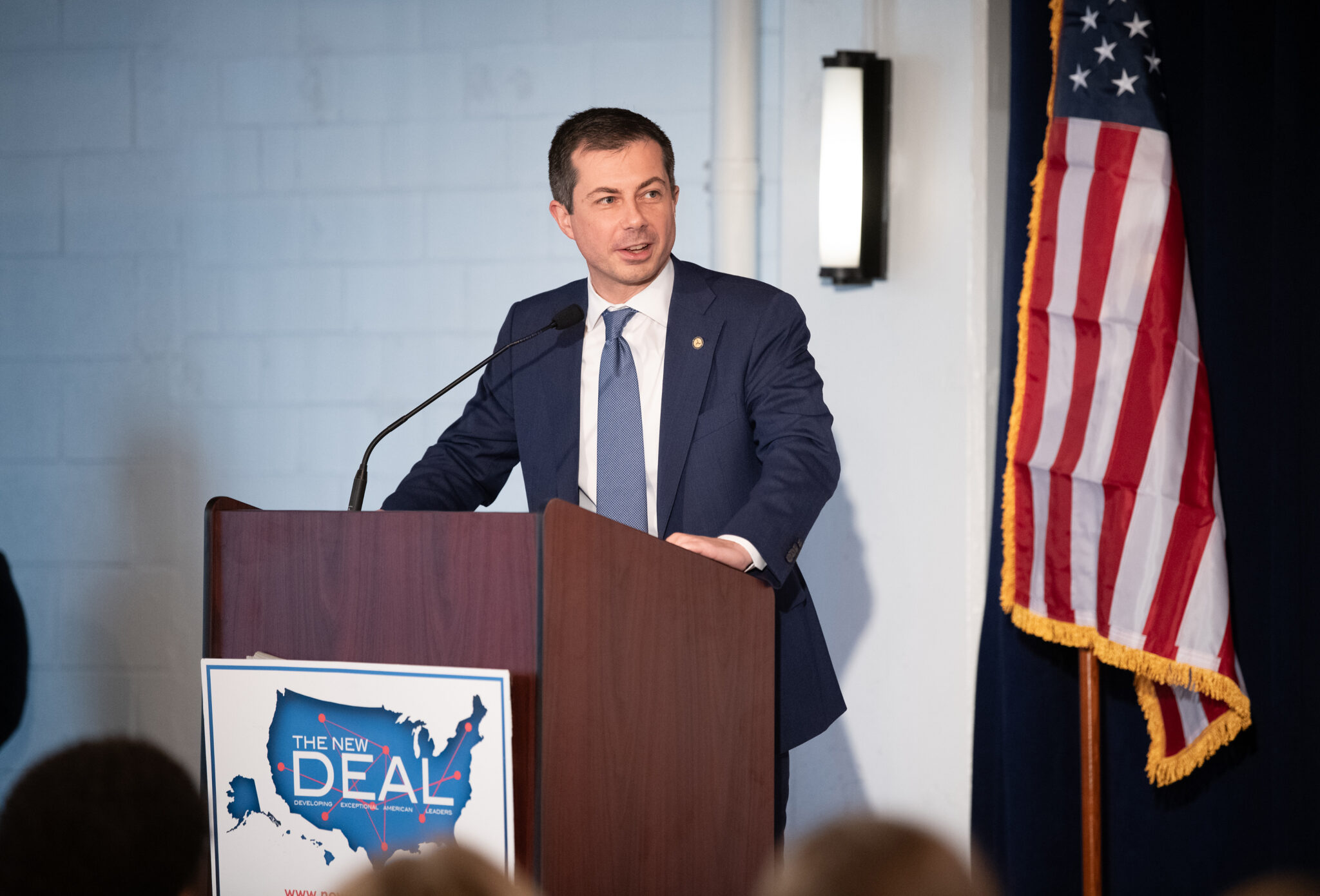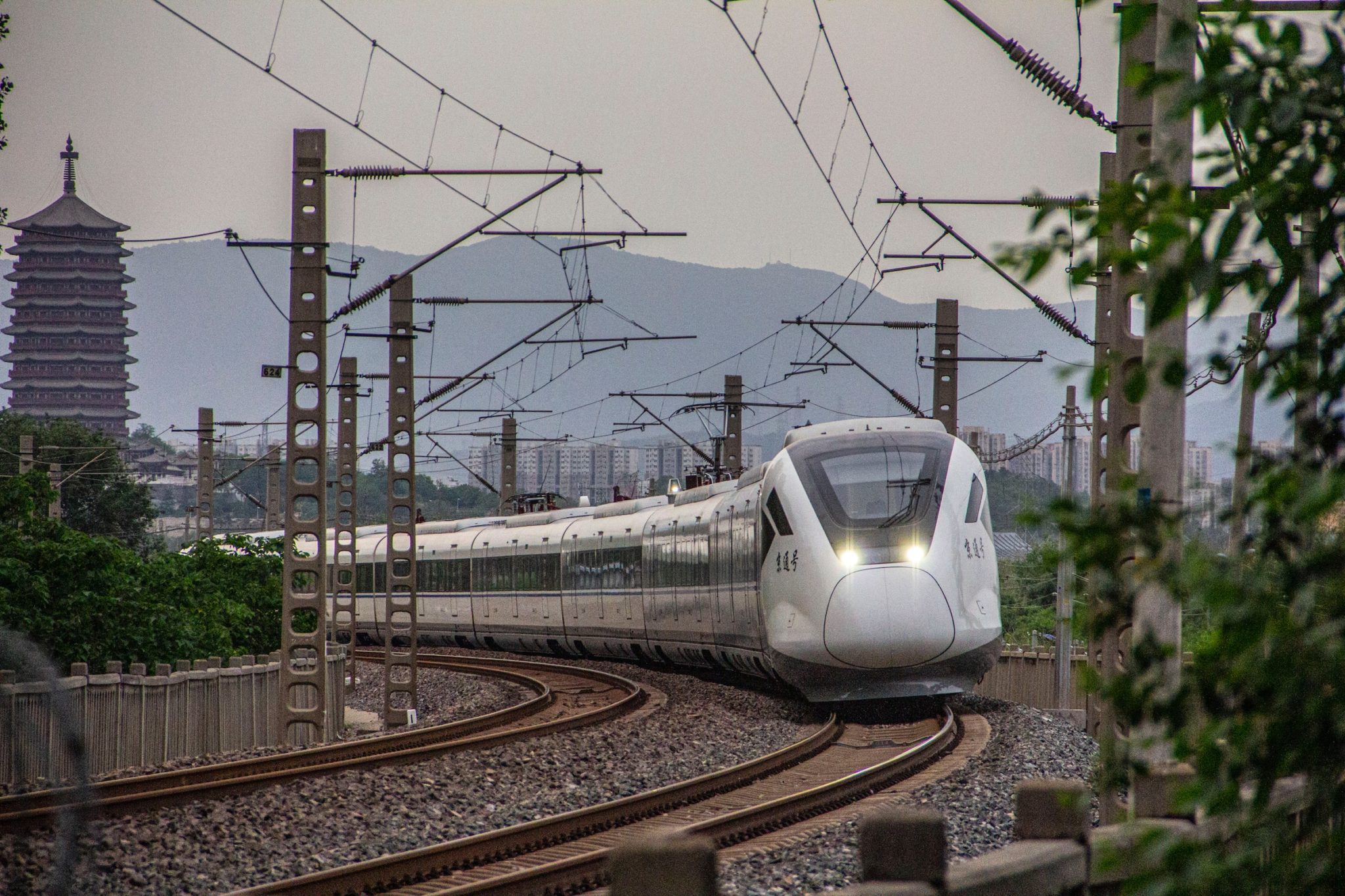San Francisco Travel CEO on Using The Super Bowl To Drive Destination Branding

Skift Take
San Francisco Travel is attempting to inject as much of the city’s unique culture and brand identity into Super Bowl 50 as possible to leverage the big game as an integrated tourism promotion platform.
Meaning, according to the tourism bureau, it will be the greenest, most high-tech, gay-friendliest, and most multicultural Super Bowl ever, with the most ride sharing, room sharing, social media sharing, community engagement, and best local food and wine, too.
For the week leading up to Super Bowl 50 on February 7, 2016, the waterfront Embarcadero District around the Ferry Building will be converted into Super Bowl City. According to the website, “Super Bowl City will be designed to showcase the best the Bay Area has to offer, with interactive games and activities that highlight the region’s technological prowess, culinary excellence and cultural diversity.”
Super Bowl City is not to be confused with the official NFL Experience, which is billed as an interactive football theme park inside San Francisco’s Moscone Convention Center.
As we covered recently, Sonoma County Tourism is the official wine sponsor for the eight-day Super Bowl fan village, which has been extended this year to twice its normal length. The partnership illustrates the bureau’s evolution over the last few years to promote the region well beyond the Bay Area as a whole.
Driving that broader perspective, in part, is the growing numbers of Chinese travelers visiting San Francisco for longer periods of time than domestic visitors. Asian visitors in general are using the city as a launch pad to explore Napa/Sonoma, Monterrey/Carmel, Yosemite and other outlying destinations.
Super Bowl 50 itself is taking place at the new Levi’s Stadium, which is the first facility of its kind to earn LEED Gold status, located 47 miles south of San Francisco in Santa Clara.
To date, some of the big-name tech sponsors include: Google, Yahoo, Intel, SAP and Intuit, with more expected to be announced by the end of the year. Requests for more specific information about the tech sponsors’ programming at Super Bowl City went unanswered.
Joe D’Alessandro, president and CEO of San Francisco Travel, says that information is being rolled out on a prescribed schedule. The following is an abbreviated version of our conversation about the tourism marketing opportunities aligned around Super Bowl 50.
Skift: How involved was San Francisco Travel in securing the Super Bowl?
Joe D’Alessandro: We were involved from the very onset of the San Francisco bidding to host the 50th Super Bowl. We were one of the first entities that came forward to commit financially to it to secure it because we knew that a lot of money had to be raised. It was Daniel Lurie (Chairman of the SB50 Host Committee) and myself making a pitch to the owners about why they should pick San Francisco as the host for the Super Bowl about 2 1/2 years ago. Our organization has been involved ever since. We’re working very closely with the Super Bowl 50 Host Committee, in terms of being sure that the events are unique, and making sure that San Francisco’s image is generated in a way that it’s really about our culture and about our nature.
The 10 days or so of festivities leading up to the Super Bowl will be unlike any other Super Bowl that has ever happened before. It’s not only important because it’s the 50th anniversary, it’s important that it’s going to be showcasing the culture and DNA of the Bay Area.
Skift: Typically, the Super Bowl isn’t really a destination-specific experience, so it sounds like you’re saying you as a destination marketing organization saw an opportunity to change that.
D’Alessandro: Yes, exactly. You know, I haven’t been to every Super Bowl but I’ve been to a few. Sometimes the events surrounding it could be held anywhere, so we wanted to make sure that they were very specific to San Francisco and to the Bay Area and to our culture. The people who come to Super Bowl 50, and I’m not just talking about the game itself, but all the activity leading up to it for more than a week, are going to be able to participate in so many different activities that are, again, unique to the Bay Area.
A lot of high-tech companies are involved in providing experiences that they feel will be very unique. We’re just learning some of them now. How they’re going to interact with the visitors will be a very unique San Francisco experience. We also have plans to recycle, reclaim, and compost the waste that comes out of an event like this. We want this to be the most community-conscious Super Bowl ever so 25% of all funds raised by the Host Committee will be dedicated to improving quality of life for the area. That’s really what we’ve determined will be the lasting legacy of the Super Bowl.
Skift: How is Super Bowl 50 going to be more inclusive than previous games?
D’Alessandro: We definitely want it to be the most inclusive ever, so folks here are making sure that as many local businesses as possible benefit from this. We’re participating in the Business Connect program with the NFL, which has been around for a few years, which businesses have to qualify to be a part of. It’s minority-owned businesses, it’s women-owned businesses, it’s veteran-owned businesses, and for the first time ever, LGBT businesses will also be participating in it.
They go through a process where the Super Bowl Committee makes sure that they qualify based on certain standards, and then they’re put on a list and actively supported by the Super Bowl Host Committee to help these businesses however they can. We’re also sharing them with the sponsors that are coming in, including sponsors of the NFL. Those sponsors at the game might be needing products like logos, jackets, or maybe people need a caterer. People may need a florist, or, you name it. When they need a service at the Super Bowl, we can give them this list of businesses that we encourage them to use. I think it’s a very positive upbeat thing going on that really communicates what San Francisco is all about.
Skift: What can you tell us about the technology partners, and do you have any specifics about how they will incorporate technology in the visitor experience?
D’Alessandro: Our partners include well known firms like Apple and Google who have not been a part of the Super Bowl in the past. A lot of the experiences that they’re sharing with us at this point, we haven’t announced yet, which are focused on Super Bowl City. It’s a free experience for the public where new companies are going to be showing some of their latest innovations in terms of interactive high-tech.
These companies are not going to be your typical ones that you see at events like this where they’re just focusing on their products and giving away free samples. This is going to be an interactive thing where people are going to be able to experience technology at a scientific level, but they’ll also be very enjoyable and tied to sporting activities. So it’s going to be a really unique Super Bowl in that regard, and we’ll be announcing over the next 100 days some of these activities and events that visitors will be able to participate in.
Skift: How are you leveraging Super Bowl 50 and all of the innovation surrounding it for the rest of 2016?
D’Alessandro: The people who are actually going to the game are only 70,000, but we anticipate more than a million people will come into the Bay Area for the activities surrounding the Super Bowl. We see this as an opportunity to extend our brand even more around the world. People know San Francisco, they know the Golden Gate Bridge and other iconic things, but I think there’s an opportunity to really show that the Bay Area does things differently. We’re proud of that. If a visitor comes here for a meeting or convention, for example, we want to show how it’s going to be different than it’s going to be anywhere else.
We’re going to use this as an opportunity to market San Francisco well into the future by using the Super Bowl as an example of how people visiting for events, meetings or vacations will experience something they won’t find in most other major American cities.
Skift: Your office has been promoting more than just San Francisco for awhile now, even more than the Bay Area, as a wider geographical region to explore. Why is your messaging evolving like that?
D’Alessandro: San Francisco is a very small city. It’s only 49 square miles, so if you look at New York, San Francisco is smaller even than Manhattan. Most of what we are as a city is because of the communities around us. For example, just one of the things that people come here for, what they enjoy so much, is food and wine. So we can’t talk about San Francisco food and wine if we don’t include Sonoma and Napa that are on our borders. It’s all part of the Bay Area.
We’re also working with Monterrey and Carmel and Pebble Beach on the Super Bowl. The Bay Area is a relatively small area. But when you talk about the area, you talk about everything, and we’re basically all doing the same thing. We’re talking about how your San Francisco experience includes the requisite visit in Marin County, includes the wine regions of Sonoma and Napa. It includes the coastal experience, all the way down to Carmel and Pebble Beach. That’s all part of what makes the San Francisco Bay Area one of the most unique regions in the world.
Skift: Part of that is being driven by the Chinese market, correct?
D’Alessandro: Absolutely. The international market especially. It’s not just Chinese, but a larger market. The international market does not see the political boundaries that we see. They don’t know when they cross outside the city limits. That is just a political jurisdiction, it has nothing to do with us as marketers of a destination. We have to be able to provide the experience and communicate opportunities for the entire region. I think San Francisco is stronger when we talk about Napa, Sonoma, Carmel and Monterrey as part of why people come here.
I think it’s really about how we can become a more compelling destination. Since very few visitors only limit themselves to the confines of the city of San Francisco. let’s give them the experience that they want. Let’s give them the full opportunity to do it. Let’s work together with those partners in those other regions to make it holistic, make it easy, and make it not a challenge for somebody to experience everything in the Bay Area. I think that only makes marketing sense, but it also provides a service to our customers.
Skift: You announced a partnership on July 22 with Airbnb, where in San Francisco, hosts pay an occupancy tax. Why are you as a DMO engaging Airbnb and other sharing companies?
D’Alessandro: Again, for us, it’s providing service for our customers. We have been working with hotels for 105 years, and we continue to work with hotels as the primary type of accommodations that our visitors are looking for. Our visitors also want to experience different types of accommodation experiences like an Airbnb or shared rental. We want to make sure that they understand that they are available also in San Francisco. In fact, so much of the modern shared economy, and I think the shared economy has been around since the beginning of time, but so much of the current modern shared economy that everybody’s talking about such as Airbnb were all born here in San Francisco.
It’s part of our culture. Part of our being. The sharing economy solved a problem that existed five years ago when one of our biggest complaints that we had from visitors was how it’s difficult getting taxis at five o’clock because they were all being used. And God help you if it rained, because then it would be almost impossible. Because of the birth of companies like Uber and Lyft, that problem doesn’t exist anymore. It’s very easy to find transportation around San Francisco when you need it. As long as these companies are acting legally, which is important, and important to our visitors, we want to make sure that we incorporate them as part of our marketing programs and the other services we provide for San Francisco.




